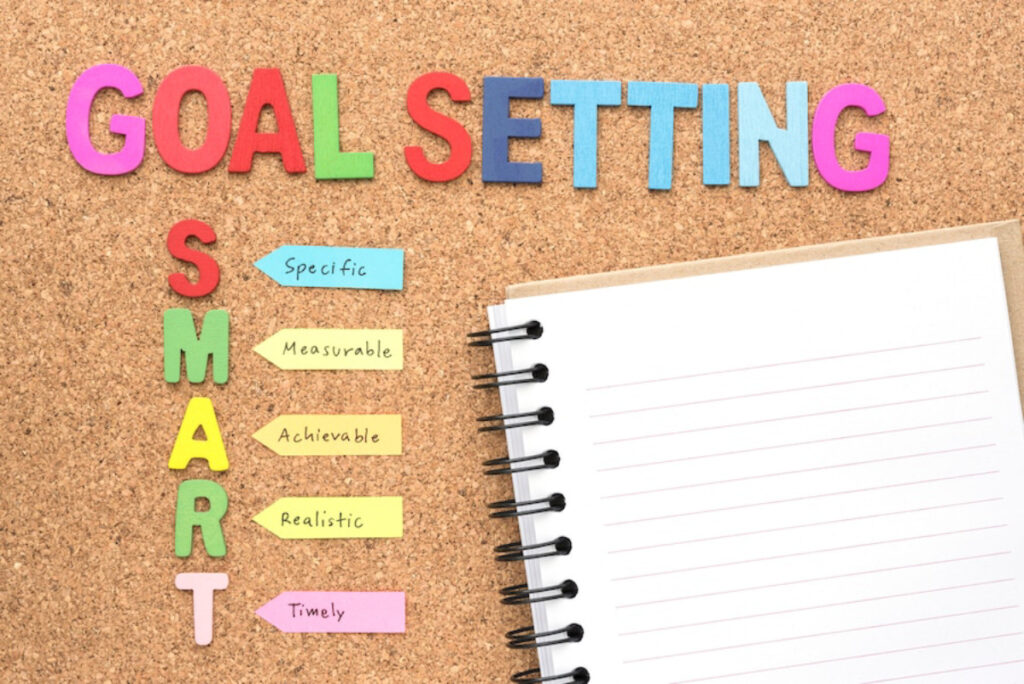The Personal Development Blog

The Difference Between Short-Term and Long-Term Goals: Crafting Realistic Success Plans
In our fast-paced world, learning to set goals is your hidden strength. Learn to distinguish short-term objectives from long-term goals. It’s a critical growth factor for growth, career and financial security. What is the difference between these two routes? How can you align them, creating a playbook for success? This guide will unravel these types of goals and offer priceless tips for you to follow to pursue your dreams.
Many people set goals but don’t understand their timelines and effects. This often leads to frustration and burnout as they struggle to meet unrealistic expectations. Exploring short-term and long-term goals helps you make clear decisions. This clarity sets you up for success.
Key Benefits / Why It Matters
Understanding the distinction between short-term and long-term goals is not just a theoretical exercise; it has practical implications for your daily life and overall success. Here’s why it matters:
Short-Term Goals: Building Momentum
Short-term goals typically can be achieved within a few days, weeks, or months. They serve as stepping stones towards larger objectives, providing immediate gratification and motivation. Setting short-term goals can build momentum and maintain focus, preventing procrastination and ensuring steady progress.
For instance, if your long-term goal is to run a marathon, a short-term goal might be to run a 5K within the next three months. This smaller, more manageable target helps you stay committed and disciplined, ultimately leading to achieving your more enormous ambition.
Long-Term Goals: Vision and Direction
On the other hand, long-term goals require a year or more to accomplish. They provide a sense of direction and purpose, guiding your decisions and actions over an extended period. Long-term goals are key for personal and professional growth. They help you think big and picture your desired future.
For example, a long-term goal could be to advance to a leadership position within your company over the next five years. This vision shapes your career choices, skill development, and networking efforts, ensuring you remain aligned with your aspirations.
Step-by-Step Guide to Balancing Goal Setting

Balancing short-term and long-term goals is a delicate art that requires careful planning and execution. Here’s a step-by-step guide to help you create a harmonious and effective goal-setting strategy:
Step 1: Define Your Vision
Before setting any goals, take the time to reflect on your values, passions, and long-term vision. What do you genuinely want to achieve in your personal and professional life? This introspection will serve as the foundation for your goal-setting journey.
Step 2: Break Down Your Vision into Long-Term Goals
Once you have a clear vision, break it down into specific long-term goals. These should be ambitious yet attainable, providing a roadmap for your future. Ensure that your long-term goals align with your values and aspirations, as this will keep you motivated and committed.
Step 3: Set Short-Term Goals to Support Your Long-Term Objectives
With your long-term goals in place, identify short-term goals that will serve as milestones along the way. These should be realistic and time-bound, allowing you to track your progress and celebrate small victories. Remember, short-term goals are the building blocks of long-term success.
Step 4: Prioritise and Balance Your Goals
Not all goals are created equal, and it’s essential to prioritise those that will have the most significant impact on your overall success. Consider the resources, time, and effort required for each goal, and adjust your priorities accordingly. Striking a balance between short-term and long-term goals ensures you remain focused and motivated.
Step 5: Monitor and Adjust Your Goals Regularly
Goal setting is not a single event but a commonly interactive process with periodic check-in and adjustment. Evaluating your progress and adjusting your goals and methods as required is something you will do on a recurrent basis. Also, you can easily change your mind and adjust your plan for the path forward.
Additional Expert Tips & Common Mistakes to Avoid
While setting and balancing goals, there are several best practices and pitfalls to keep in mind:
Best Practices
- Be Specific: Vague goals are challenging to achieve. Ensure that your goals are clear, specific, and measurable.
- Stay Flexible: Life is unpredictable, and circumstances may change. Be open to adjusting your goals and strategies as needed.
- Celebrate Achievements: Acknowledge and celebrate your successes, no matter how small. This boosts motivation and reinforces positive behaviour.
Common Mistakes
- Setting Unrealistic Goals: Ambitious goals are essential, but they must also be achievable. Avoid setting too lofty or unrealistic goals, as this can lead to frustration and burnout.
- Neglecting Short-Term Goals: While long-term goals are crucial, neglecting short-term goals can hinder progress. Ensure that you have a balanced approach to goal setting.
- Lack of Accountability: It’s easy to lose focus and motivation. Share your goals with a trusted friend or mentor who can provide support and encouragement.
Advanced Insights / Expert Recommendations

For those seeking to elevate their goal-setting strategy, consider these advanced insights:
Leverage Technology
Utilise digital tools and apps to track your goals, set reminders, and monitor progress. Technology can streamline the goal-setting process and keep you accountable.
Seek Professional Guidance
If you’re struggling to set or achieve your goals, consider seeking guidance from a coach or mentor. Their expertise and insights can provide valuable perspective and support.
Embrace a Growth Mindset
Adopting a growth mindset is crucial for long-term success. Face challenges, learn from failures, and see setbacks as chances to grow.
Conclusion: Mastering the Art of Goal Setting
Understanding short-term and long-term goals is essential for creating realistic plans. Balancing these goals helps you stay focused and motivated, allowing you to reach your dreams. As you start setting your goals, stay flexible. Celebrate your wins and seek support when you need it.
To establish realistic plans, it is important to understand the difference between short-term and long-term objectives. Striking a balance between these goals helps you to maintain your focus and drive. Like that, you can make your dreams. As you begin to set your goals, be sure to remain flexible. Note your wins, in whatever form they may take and ask for help when you need it.
Your dreams can become a reality with the right mindset and strategies. This will bring a purposeful and victorious life. You are getting about your short-term and long-term goals and how do you plan to achieve them? Share your thoughts and strategies in the comments below. Let’s inspire and support each other on our path to success!









